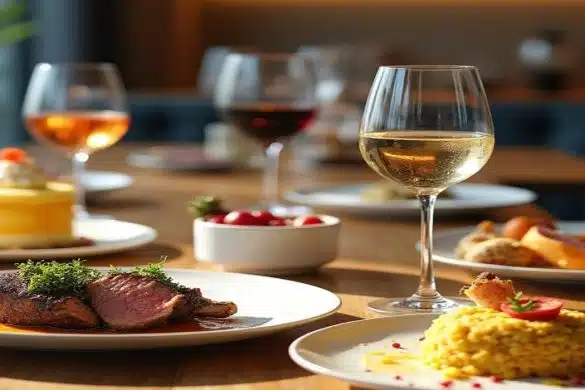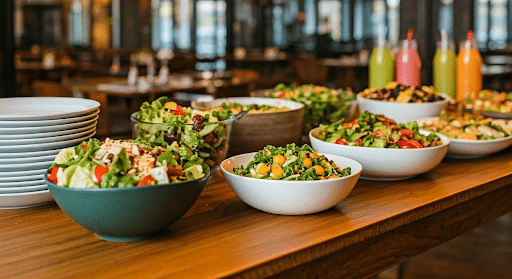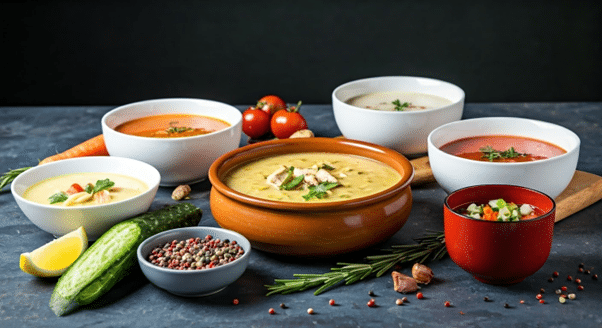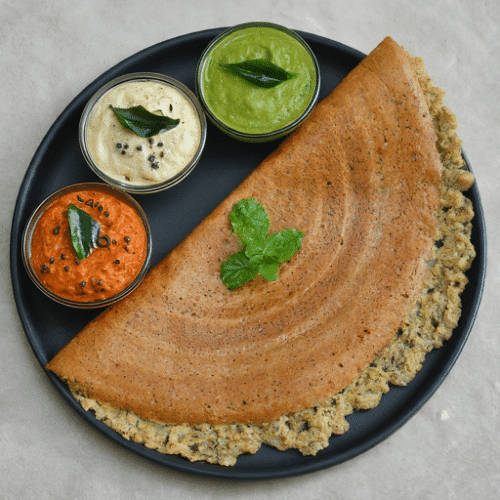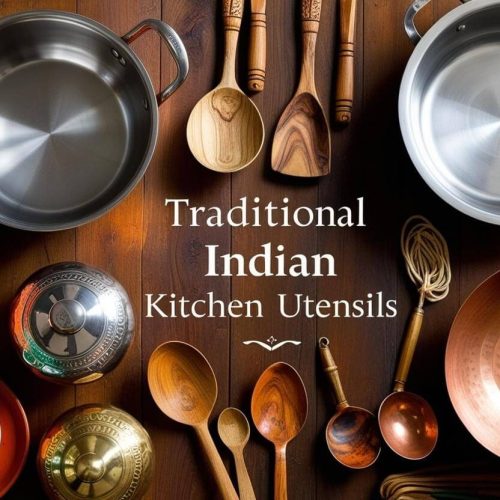If you think Indian food ends at butter chicken and biryani, hold that thought – because Nagaland cuisine is here to completely change your idea of flavour. Nestled in the hills of Northeast India, Nagaland offers a fiery, smoky, and soul-warming spread of dishes that reflect the bold spirit of its various Naga tribes.
From stews cooked in cabbage leaves and broths flavoured with ginger leaves, to the funky charm of akhuni (fermented soybean) and even the occasional tale of dog meat (yes, it exists in traditional Naga food), the foods of Nagaland are as diverse as they are delicious. Think paddy field snails, bamboo shoot magic, and hearty meat cooked right at the kitchen wall in cosy Sumi houses.
Whether you’re wandering through the streets of Dimapur, comparing flavours in Kolkata, or just craving something wildly authentic, here are 10 local dishes you absolutely need to try!
Fermentation: The Heartbeat of Nagaland Cuisine
In most Indian kitchens, fermentation means dosa batter and curd. But in Nagaland cuisine, it’s a whole different game – bolder, smellier (in a good way), and absolutely essential. For the Naga tribes, fermentation isn’t just a cooking method – it’s a way of life, a way to survive the seasons, and honestly, a flavour bomb waiting to happen.
Here are a few Nagaland food items that owe their unforgettable taste to the magic of microbes:
- Axone (aka Akhuni):
Possibly the most talked-about ingredient in Nagaland traditional food, axone is a fermented soybean that’s smoky, punchy, and unafraid to clear a room. It’s fermented for a week and can be sun-dried or smoked – perfect for rich stews or chutneys with attitude. - Fermented Bamboo Shoot:
Ever tasted something that’s sour, earthy, and strangely addictive? That’s fermented bamboo shoot for you. It’s used in everything from pork dishes to vegetarian curries and is a staple in many Nagaland food recipes. - Anishi:
Anis is made by fermenting yam leaves into flat patties and drying them over fire. It’s earthy, complex, and delicious. It’s often used in pork curry and is a prime example of how Nagaland food habits prioritise both nutrition and preservation.
Fermentation doesn’t just pack in flavour – it supports year-round food security in the hills. So, if you’ve ever asked, “What is the famous food of Nagaland?” – there’s a good chance it involves something fermented, smoky, and deeply satisfying.
Unique Ingredients That Give Nagaland Cuisine Its Bold Personality
If you’ve ever wondered what Nagaland’s famous food is, the answer doesn’t lie in one dish – it’s in the ingredients. What makes Nagaland cuisine so distinct isn’t just the firepower of its chillies or the love for smoked meat – it’s the use of local, earthy, and sometimes unexpected food items that give each dish its depth.
Let’s take a peek inside a traditional Naga kitchen (and yes, it will smell amazing).
- Sticky Rice:
The unsung hero of every Naga meal. Forget fluffy basmati – Nagaland food recipes love sticky rice, which is perfect for scooping up meaty curries or fiery chutneys with your hands (as intended). - Mustard Leaves:
Sharp, pungent, and full of attitude. Used in pickles and chutneys, they add a bite that balances out heavier dishes. A must in Nagaland’s traditional food. - Bamboo Shoot (Dried or Fermented):
Sour, funky, and foundational, it’s used in a variety of meat and fish dishes and defines food habit of Nagaland of layering flavour. - Perilla Seeds:
These nutty seeds are roasted, ground, and stirred into curries for a toasty, earthy undertone. Bonus: they’re great for digestion – because even Nagaland food items like to multitask. - Ginger:
This isn’t your basic kitchen ginger. Locally grown and extra fiery, it’s the backbone of many meat dishes and gives that signature warmth to Nagaland cuisine. - Chilies:
A Naga dish without chillies? Unthinkable. These aren’t for the faint-hearted, especially when served as chutney. Expect heat, sweat, and joy.
Each ingredient plays a unique role in crafting the bold, smoky, and soul-warming flavours that define state food of Nagaland. They’re not just ingredients – they’re storytellers, packed with generations of tribal knowledge and flavour intuition.
Check out this Reddit Post to learn what the experts comment on about the Nagaland Cuisine.
10 Must-Try Nagaland Dishes That Define the Region’s Bold Cuisine
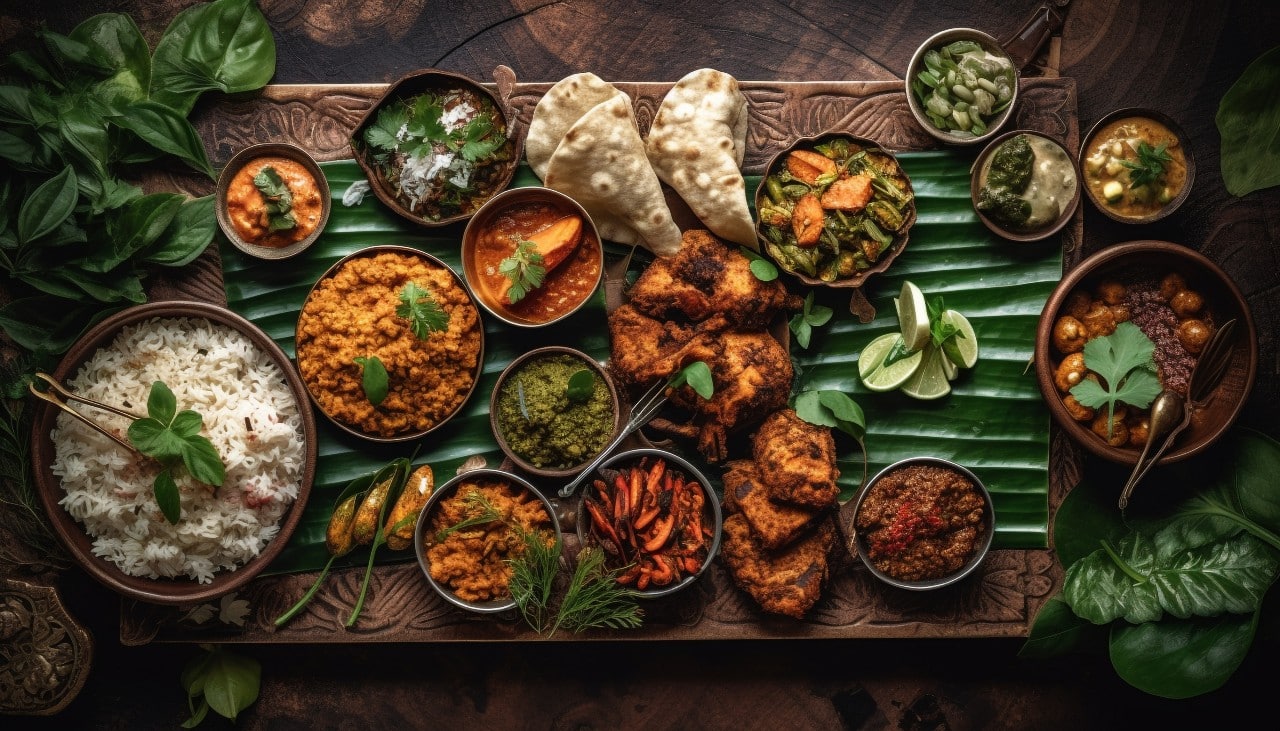
A graphic illustration of Samathu
If you’re ready to step beyond paneer tikka and butter chicken, Nagaland cuisine is a wild and wonderful place to start. Each dish’s smoky meats, fermented goodness, and bold spices tell a story of tribal traditions, resourcefulness, and fiery flavour. Here are 10 iconic Nagaland food items you absolutely need to try.
1. Samathu
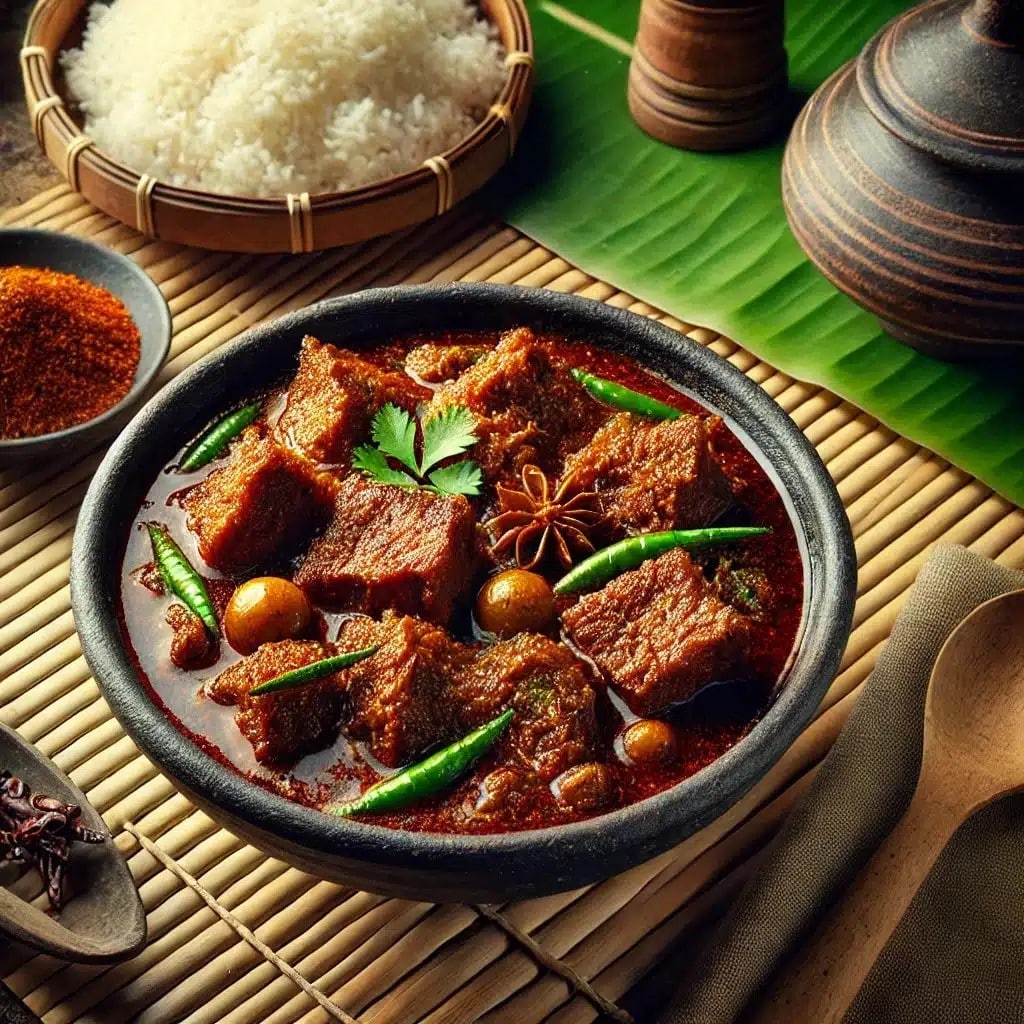
Samathu
If there’s a signature dish in Nagaland cuisine, Samathu might just be it. This pork curry is rich, spicy, and unapologetically bold – thanks to fermented soybean paste (axone) and a hit of Naga chilli. It’s one of those Nagaland food recipes that lingers in your memory and maybe on your lips if you’re not spice-proof.
How to cook it:
- Cut pork into chunks and wash thoroughly.
- Dry roast axone until fragrant.
- Boil the pork in water until it starts to release its fat.
- Add roasted axone and mashed Naga chilli.
- Simmer until the meat is tender and the gravy thickens.
- Serve with plain sticky rice (and maybe a tissue for your tears).
2. Akibeye
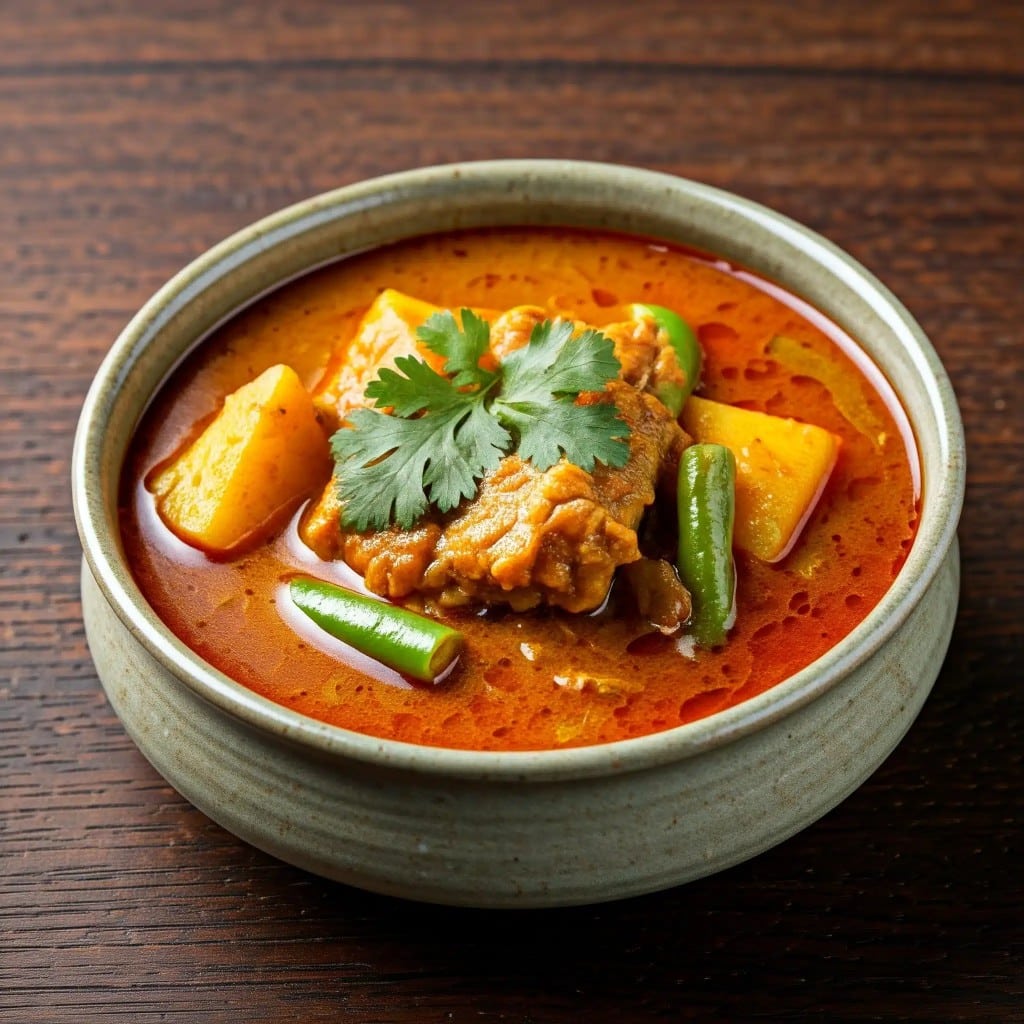
Akibeye
Akibeye proves that Nagaland’s traditional food doesn’t always need spice or meat to shine. Made with taro (colocasia) leaves and yam, this dish is healthy, subtle, and deeply comforting – like the Northeast’s version of a hug in a bowl.
How to cook it:
- Wash and finely chop colocasia leaves.
- Boil with a pinch of baking soda to soften.
- Mash boiled yams or stems and mix in.
- Season with salt, cook into a smooth paste.
- Serve as a side with rice and enjoy the creamy simplicity.
3. Fish cooked in bamboo
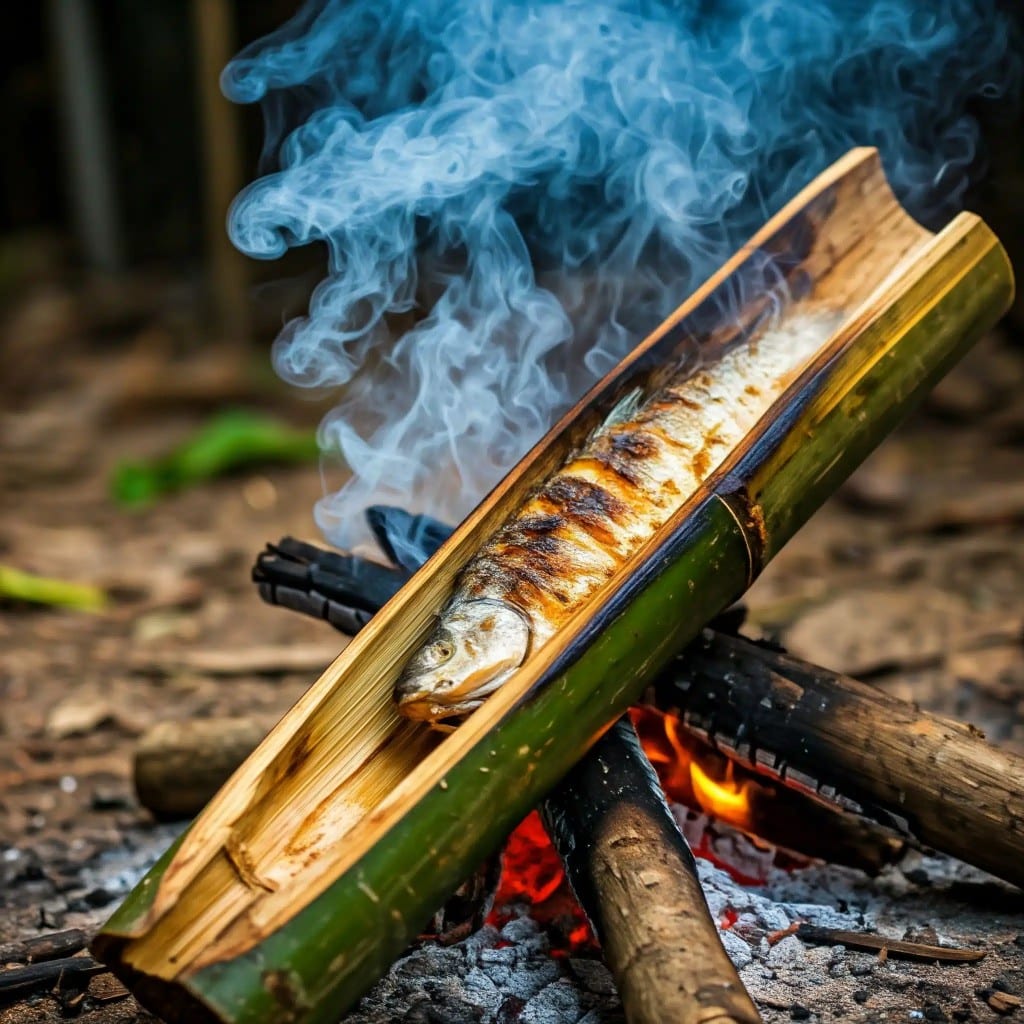
Fish cooked in bamboo
This dish is straight out of a jungle cooking fantasy. Fresh stuffed fried fish into a bamboo stalk and roasted over a flame? That’s Nagaland food items at their finest – earthy, rustic, and seriously flavourful.
How to cook it:
- Clean and marinate the fish with turmeric and salt.
- Stuff with chopped ginger, garlic, and green chilli.
- Seal in bamboo stalks using banana leaves.
- Roast over open flame until the bamboo chars.
- Crack open and serve hot. Bonus: you can skip the plate!
4. Galho
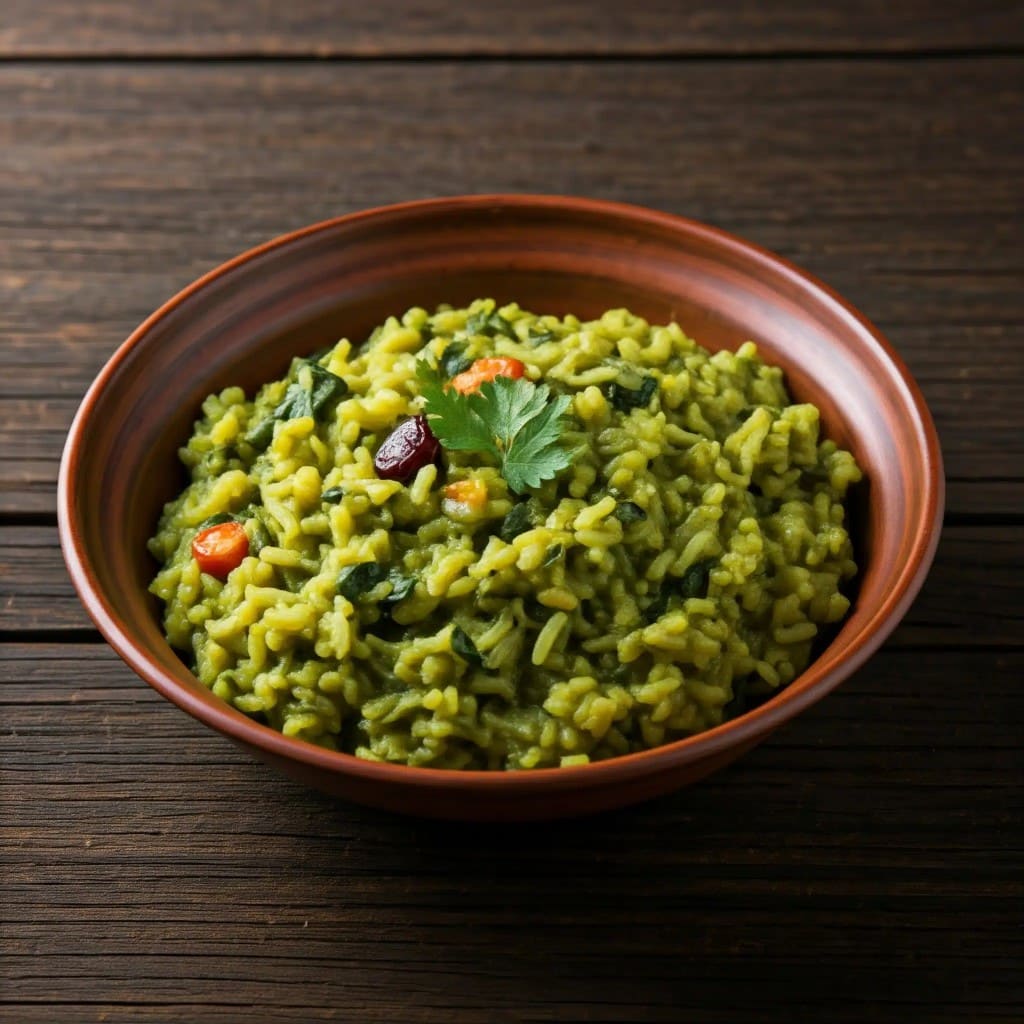
Galho
Galho is the ultimate comfort food of the hills. It is a warm bowl of everything good – rice, greens, meat, and love. Often enjoyed on chilly days, this dish defines Nagaland’s practical yet flavourful food habits.
How to cook it:
- Soak rice, then boil with chopped veggies and greens.
- Add smoked pork or fermented soybean for extra depth.
- Simmer until everything is soft and porridge-like.
- Season with salt and serve with coriander chutney.
5. Zutho
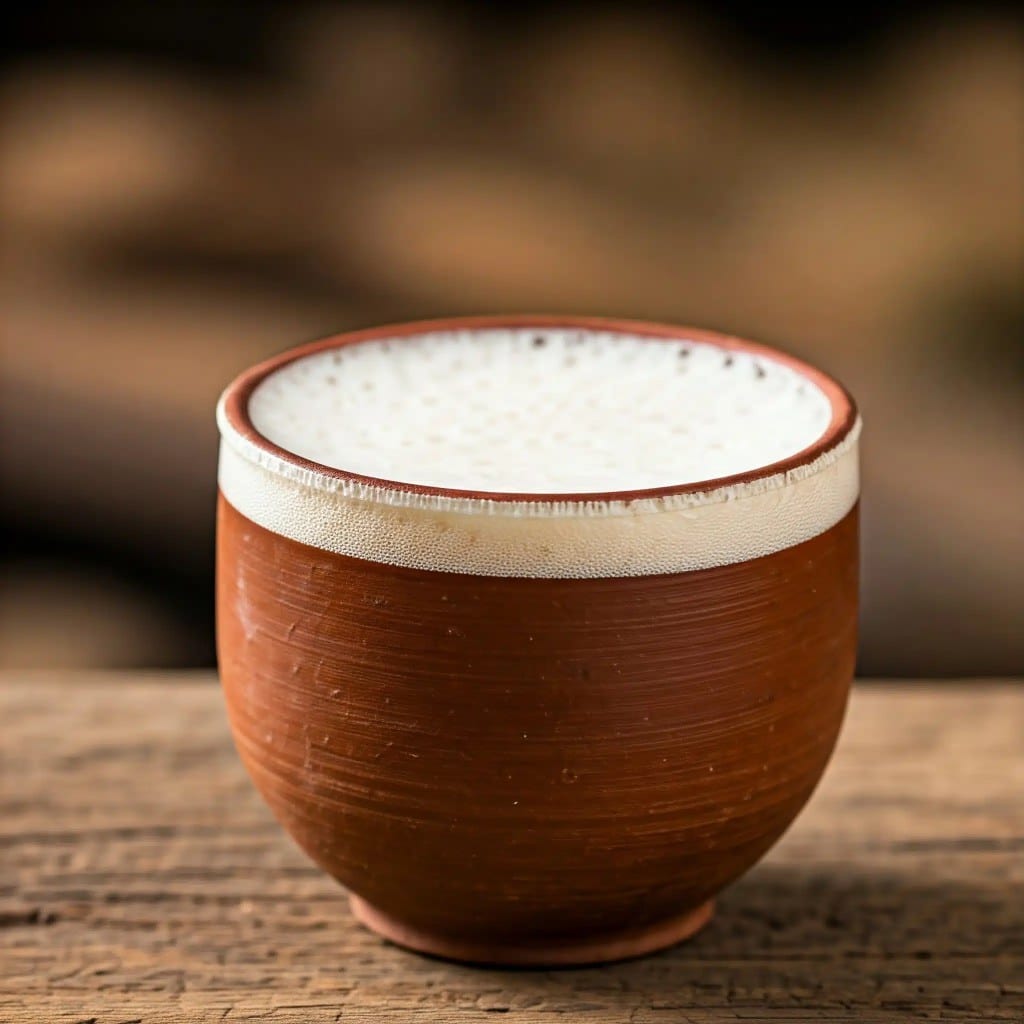
zutho
Zutho is more than a drink – it’s a celebration in a cup. This mildly sweet and tangy brew is a staple at local festivals and a shining star in Nagaland’s famous food culture.
How to cook it:
- Cook rice until soft and sticky; cool completely.
- Mix with fermented rice starter.
- Store in earthen pots covered with banana leaves.
- Ferment for 3–5 days.
- Strain and serve fresh – sip, don’t gulp!
6. Bushmeat
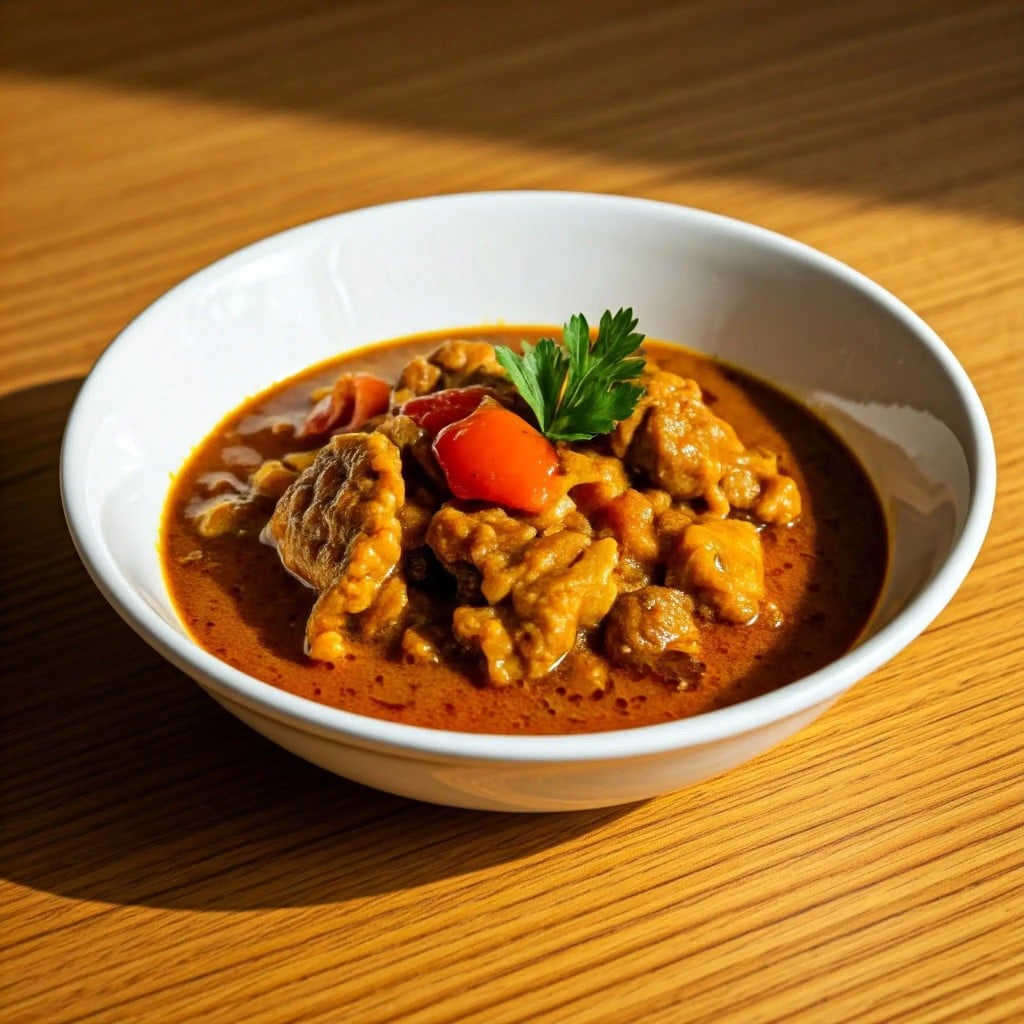
Bushmeat
Whether it’s deer, boar, or something more exotic, bushmeat reflects the deep connection between Nagaland’s traditional food and the forest. Always responsibly hunted, these dishes honour nature and the tribe’s ancestral ways.
How to cook it:
- Clean and chop the meat into small pieces.
- Boil with garlic, ginger, and salt until tender.
- Add bamboo shoots, chilli, and herbs.
- Simmer until fragrant and serve with – you guessed it – rice.
7. Hinkejvu
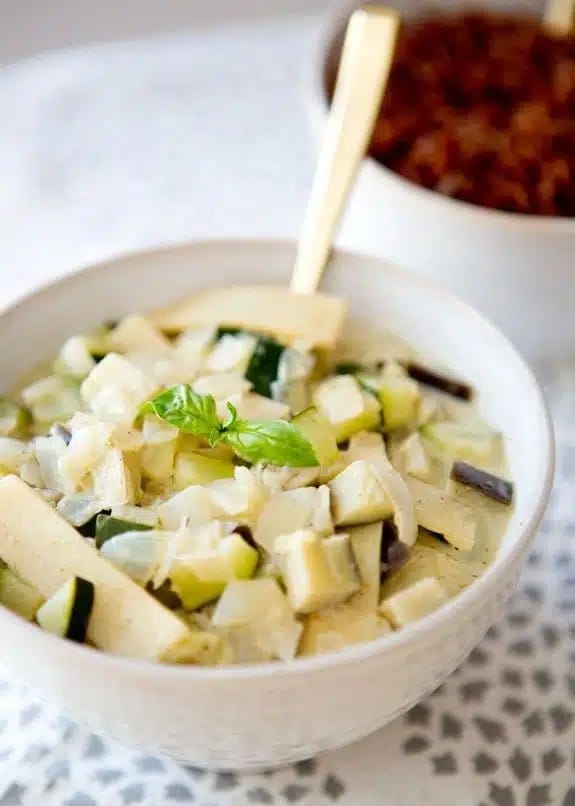
Hinjekvu
This veggie blend proves that Nagaland food recipes can be wholesome and delicious. With cabbage, colocasia, and beans, Hinkejvu is perfect for anyone craving something nutritious, easy, and totally Naga.
How to cook it:
- Boil colocasia leaves, cabbage, and beans until soft.
- Mash into a creamy consistency.
- Add salt and simmer for a few more minutes.
- Serve warm with rice. You’ll feel full, happy, and smugly healthy.
8. Rosep Aon
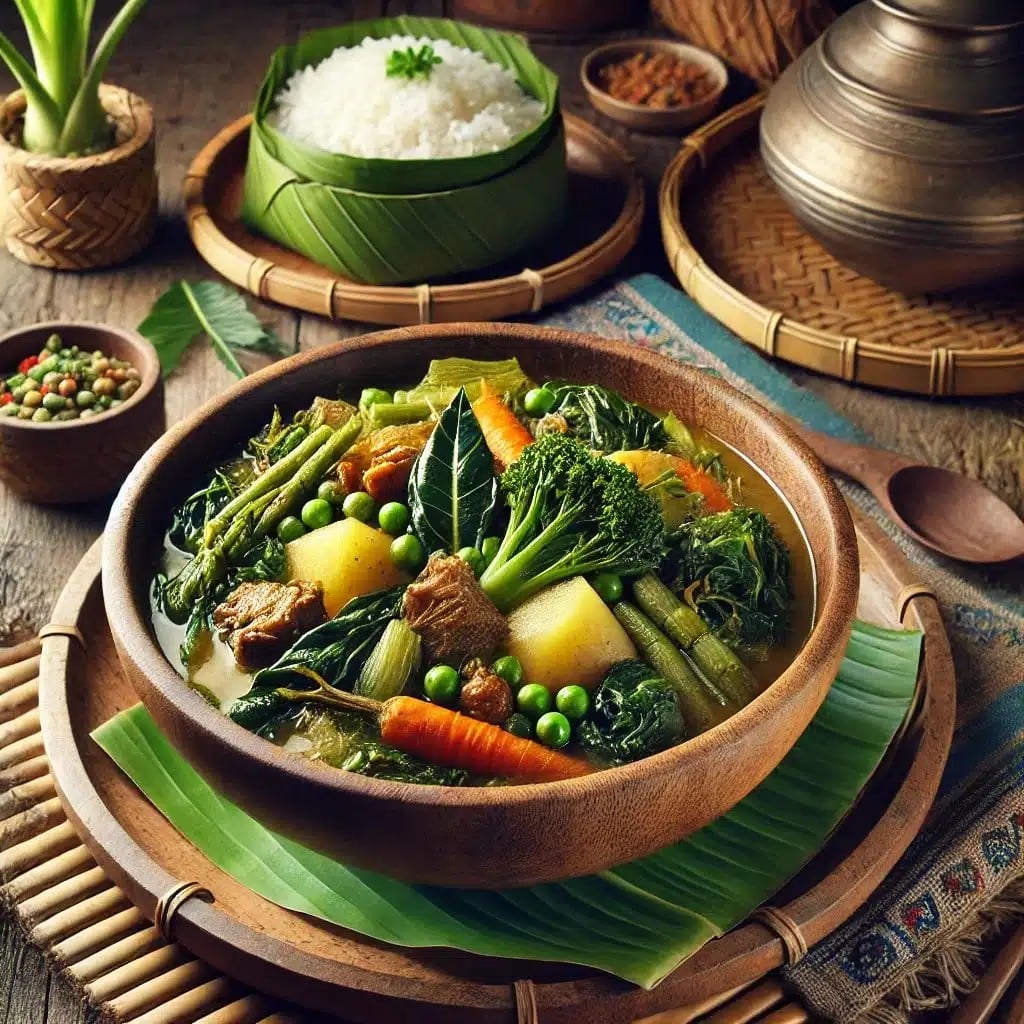
Rosep Aon
This hearty stew combines meat, veggies, and the tangy magic of fermented bamboo shoots. It’s slow-cooked and soul-soothing – a perfect reflection of the state food of Nagaland’s values: fresh, simple, powerful.
How to cook it:
- Boil pork or chicken with salt.
- Add potatoes, beans, and leafy greens.
- Stir in fermented bamboo shoots.
- Simmer until everything’s melt-in-your-mouth soft.
- Serve hot, slurp generously.
9. Akini Chokibo
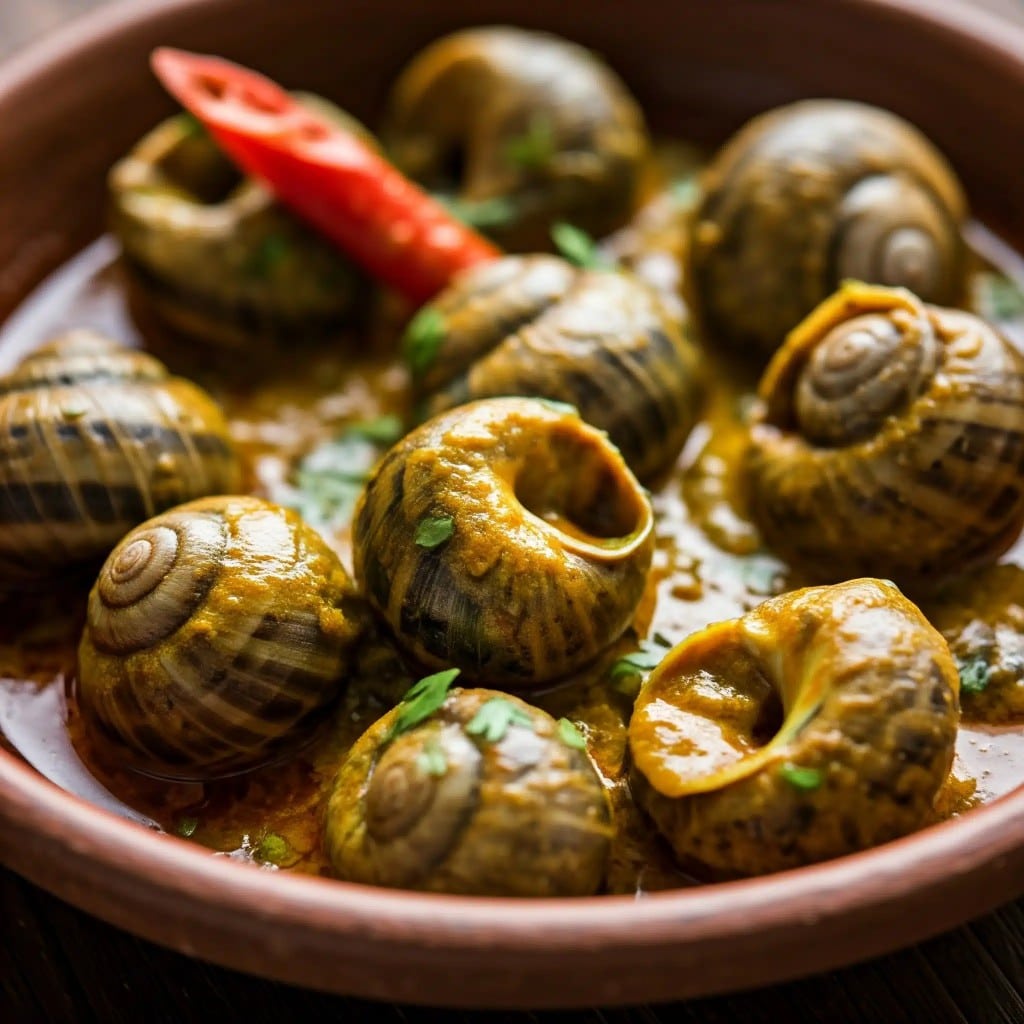
Akhini
Snails and seeds? Yep, and it’s surprisingly delicious. This iconic dish, made from perilla seeds and local paddy field snails, shows just how adventurous and resourceful Nagaland cuisine can be.
How to cook it:
- Clean snails thoroughly (this part takes patience).
- Roast and grind perilla seeds into a paste.
- Boil snails with ginger and salt.
- Add perilla paste and simmer until rich and aromatic.
- Serve with rice.
10. Smoked Pork with Bamboo Shoot
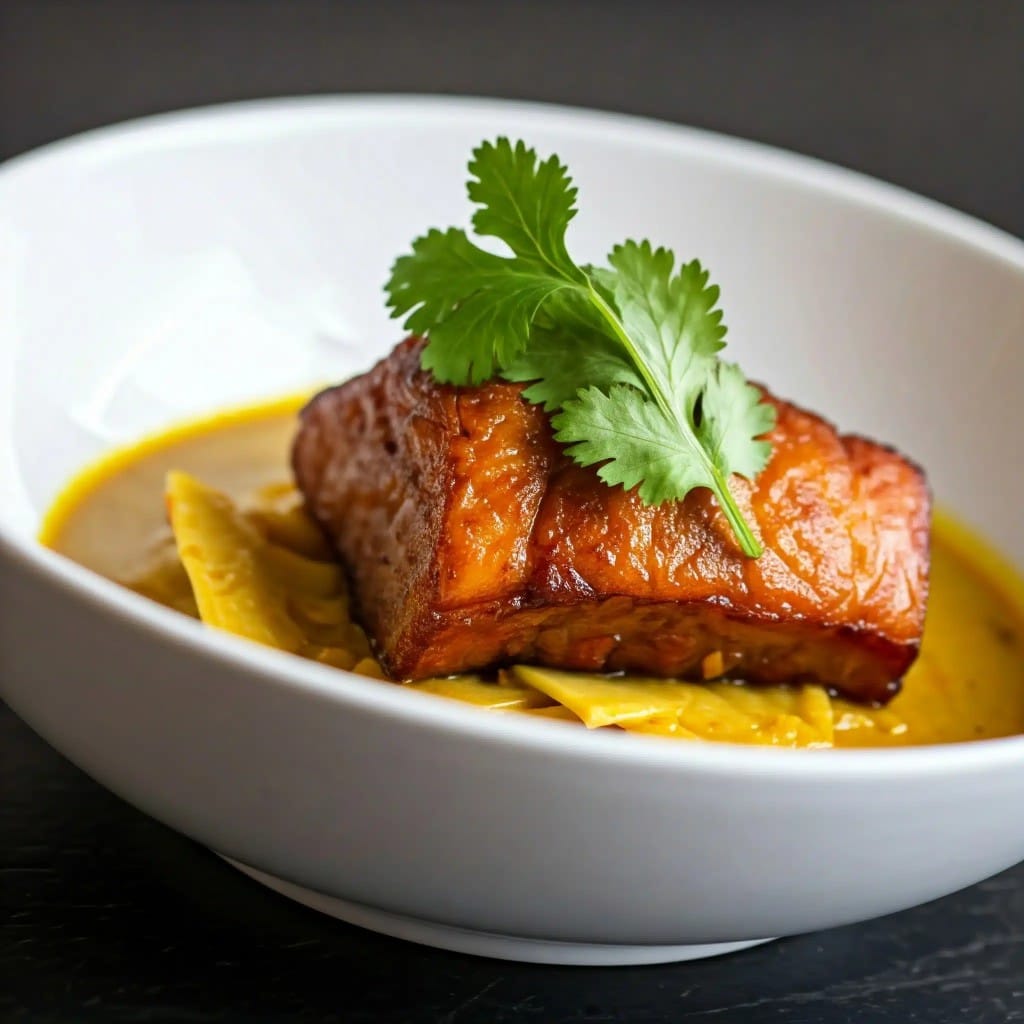
Smoked pork with bamboo shoot
If you ask locals what the famous food of Nagaland is, this dish will top the list. Smoky, savoury pork meets the sour crunch of bamboo shoots in this bold, satisfying plate that captures the heart of Nagaland cuisine.
How to cook it:
- Boil smoked pork until tender.
- Add bamboo shoots and green chillies.
- Simmer until flavours meld and the bamboo softens.
- Add salt, stir, and serve steaming hot.
A Taste of Nagaland You’ll Never Forget
Nagaland’s traditional food isn’t just something you eat – it’s something you experience. From Fish in Bamboo’s smoky goodness to Akini Chokibo’s earthy richness, every dish tells a story of tribal roots, wild ingredients, and time-honoured cooking traditions. Whether it’s the tangy sip of Zutho or the bold heat of bushmeat stew, Nagaland cuisine dares you to go beyond the familiar and taste something truly unforgettable.
Frequently Asked Questions
What is the famous food of Nagaland?
Being an agrarian state, the Naga diet primarily consists of rice, meat, and local vegetables. Zutho, a traditional rice beer, is amongst the most famous foods, followed by dishes like Aikibeye, Akini Chokibo (snails with perilla seeds), Hinkejvu (boiled vegetables), and Bushmeatshmeat.
How has the cuisine of Nagaland evolved over time?
Over time, Nagaland’s cuisine has held onto its traditional roots of using locally available ingredients and adopted new flavours and ingredients. However, its core principles of freshness, simplicity, and respecting nature in its culinary pursuit remain steadfast.
Which traditional cooking techniques are used in Naga cuisine?
Nagaland food features a plethora of traditional cooking techniques, such as boiling, smoking, brewing, and fermenting. Notably, dishes are often cooked within bamboo shoots over a fire, manifesting in a unique, smoky flavour. Fermentation is extensively used to preserve different foods and enhance their flavours.
Are there any food restrictions or taboos in Nagaland?
Traditionally, certain meats were considered taboo in Nagaland due to cultural or religious beliefs. However, today, most Naga tribes do not strictly observe these dietary restrictions, and the food scene has greatly evolved to include a variety of meats and ingredients.
What are some popular food festivals celebrated in Nagaland?
Many local and food-based festivals are celebrated in Nagaland. The most notable one is the Hornbill Festival, popularly known as the “Festival of Festivals. ” At this festival, different tribes showcase their culinary delights, offering a unique opportunity to sample various Naga dishes in one place.






